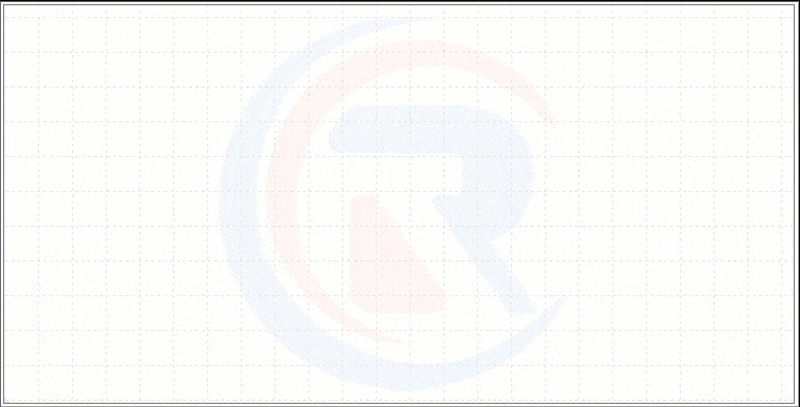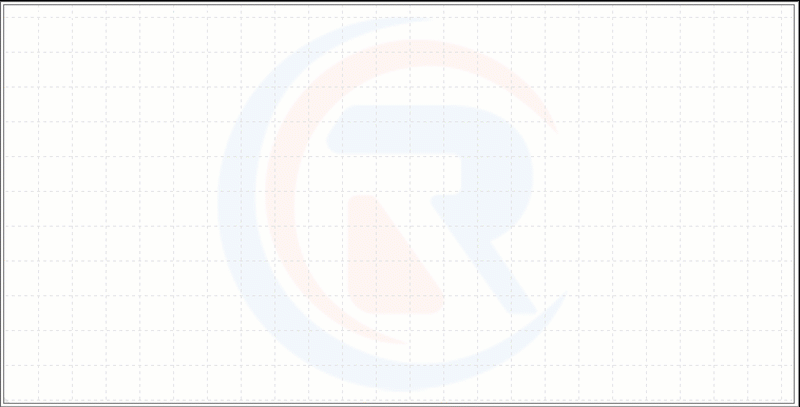#10: What is slippage
Lesson 10
What is slippage
A Slippage happens when your order gets filled at a different price than you expected.
Here’s an example:
Let’s say you intend to long EUR/USD at 1.12400.
But perhaps due to high volatility, your order gets filled at 1.12550.

That 15 pips difference is a negative Slippage – you buy at a slightly higher rate.
A negative Slippage sucks right?
But don’t worry…
You’ll get positive Slippage sometimes too.
Let’s say you intend to long EUR/USD at 1.12400.
But your order gets filled at 1.12350 instead…

That 5 pip is a positive slippage – you’ll buy at a slightly cheaper rate.
When does a Slippage occur
Slippage tends to occur when you use market orders to execute a trade.
Slippage can be huge when markets are volatile — especially during news events.
It occurs more frequently when markets are less liquid with low trading volume.
Is there a way to work around this?
You bet!
How to avoid slippage
If you want to avoid Slippage…
Use a limit order instead of a market order
Compared to a market order, a limit order gets filled only at a specified price.
You won’t have to trade at any level higher or lower.
Avoid trading during volatile periods
Trading any major news event is risky if you don’t know what you’re doing.
The prices can swing in both directions within seconds.
If you’re a newbie trader, you’re much better off staying out of volatile periods.
Trade when liquidity is high
For instance:
You can trade when the New York and/or London markets are open.
During those times of the day, the markets are generally more liquid.
You can also trade major currency pairs like EUR/USD, GBP/USD instead.
Since these currencies are from major economies, they are frequently traded.
When liquidity is high, you’ll experience much fewer Slippages on your trades.
